
Even with the most meticulous preparation and timing, farmers face a variety of unknowns. Modern agricultural technology can help prepare your crop for the worst conditions, but farmers still struggle with the many manifestations of crop stress.
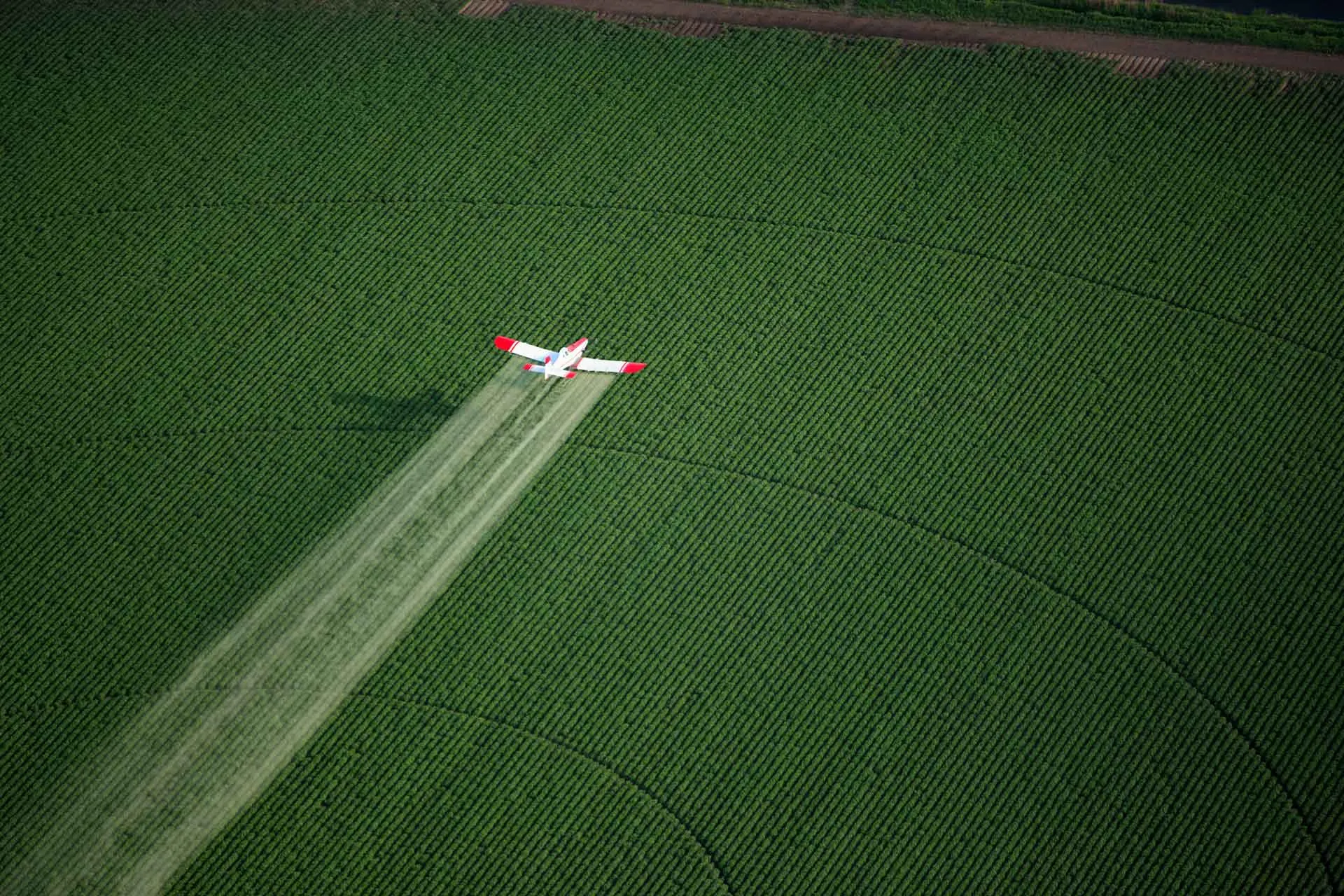
On this page
Types of Crop stress
There are two categories of plant stress: biotic and abiotic. Biotic stressors are living creatures that disturb plant growth like pests, fungi, bacteria, and viruses. Abiotic stressors, on the other hand, are non-living conditions that affect plants. Abiotic stress can include harsh weather, herbicide injury, or nutrient deficiencies in the soil.
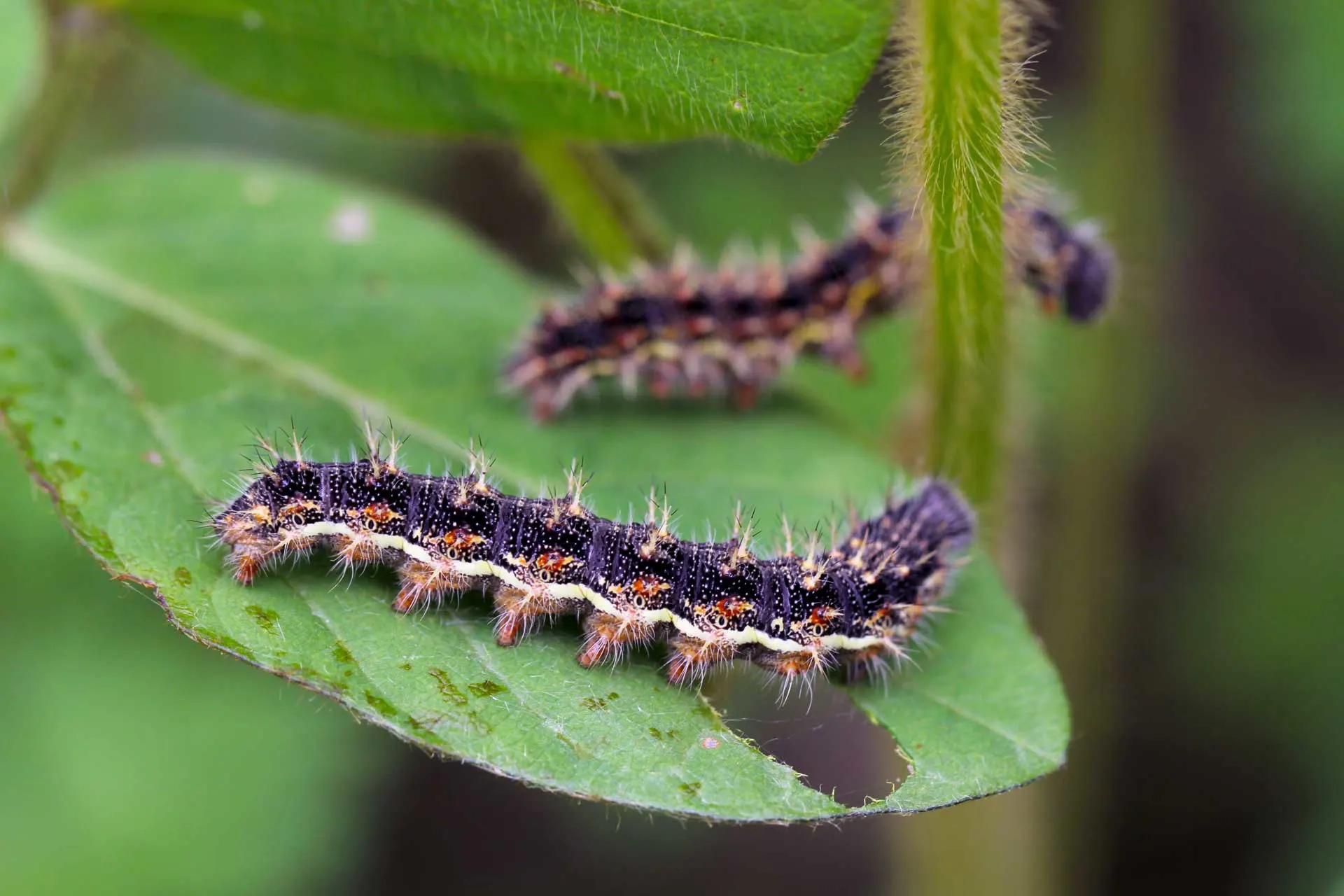
Symptoms of Abiotic and Biotic Stress
When identifying crop symptoms, you should first figure out whether the cause is abiotic or biotic stress. If symptoms are affecting multiple species and the damage appears uniform and non-spreading, your plants are likely suffering from a type of abiotic stress. If your crop symptoms appear on a single species, are observed at irregular locations, and seem to be spreading, you are probably dealing with some form of biotic stress.
Biotic Stressors
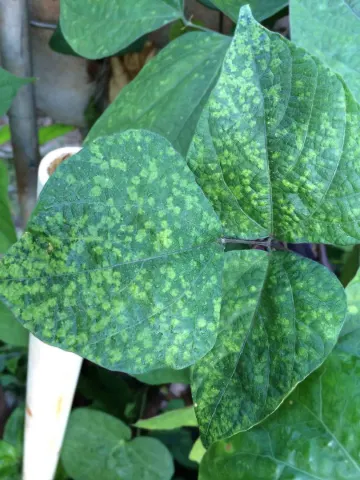
A variety of biotic stressors can affect your crop depending on your farm’s climate, geographic location, and plant species. Certain pests or diseases may only occur in a specific geographical area or they may affect farms worldwide. Some may only target specific plant species, or they may attack multiple species. Understanding the disease or pest afflicting your crop is an important step towards treating it.
After determining that your crop symptoms come from biotic stress rather than an abiotic source, you will need to narrow down the pest or disease. Fortunately, you can identify most pests and fungi from sight alone and find a cure specific to the species.
Insects or mites can be identified visually on the plant, caterpillars from hole damage on the leaf, or rodents and other animals from bite marks and droppings.
Common signs of fungi are leaf/stem rust, white mold, or mildew. Bacteria and viruses cannot be seen with the naked eye, but they will still leave signs of disturbance. Necrosis, rotting, wilting, and tumors are signs of a bacterial infection while a mosaic pattern or crinkling on the leaves could indicate a virus.
Pests
The term “pests” covers not only insects but mites, rodents, birds, and other animals. These creatures eat and damage plant leaves, stems, roots, and fruit. On top of the damage they cause to plant tissue, pests can be carriers of diseases which may be transferred to the plant. Weeds, because they take valuable nutrients from the soil, are also considered a pest.
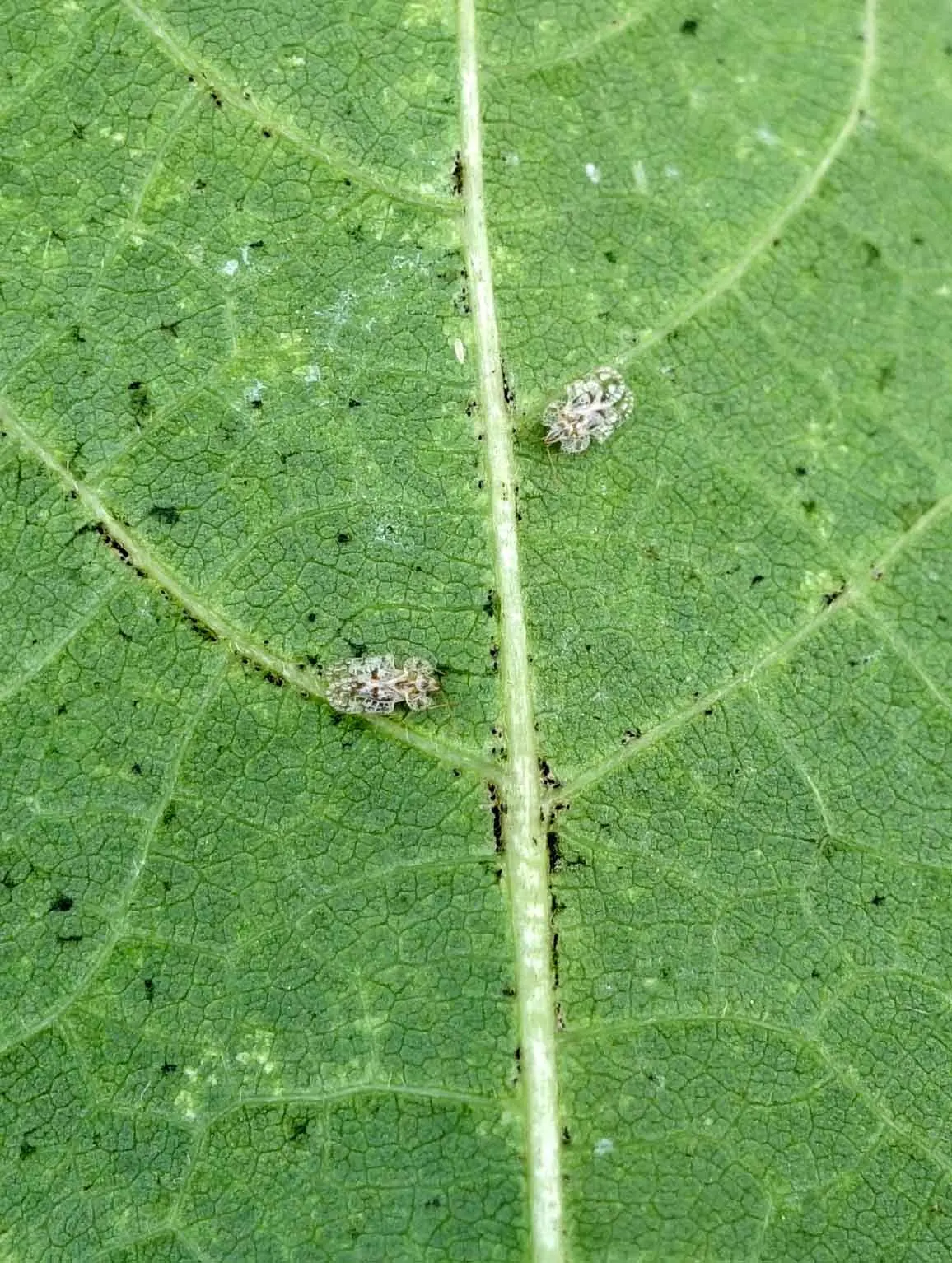


Managing Pests
There are many chemicals out there that can prevent or kill pests. Insecticides remove unwanted mites, arachnids, and insects while herbicides can kill weeds.
Fencing, traps, and netting help deal with the larger pests.
Biologicals may be used to help get rid of pests, for example, ladybugs to fight off aphid infestations.
Crop rotation can help prevent pests from getting used to a specific type of crop and establishing themselves.
Intercropping, growing two or more crop species in the same field, creates distance between plants of the same species so if one section gets infected it will not spread throughout the whole field.
A final option is to remove unwanted pests manually or destroy the infected plants.
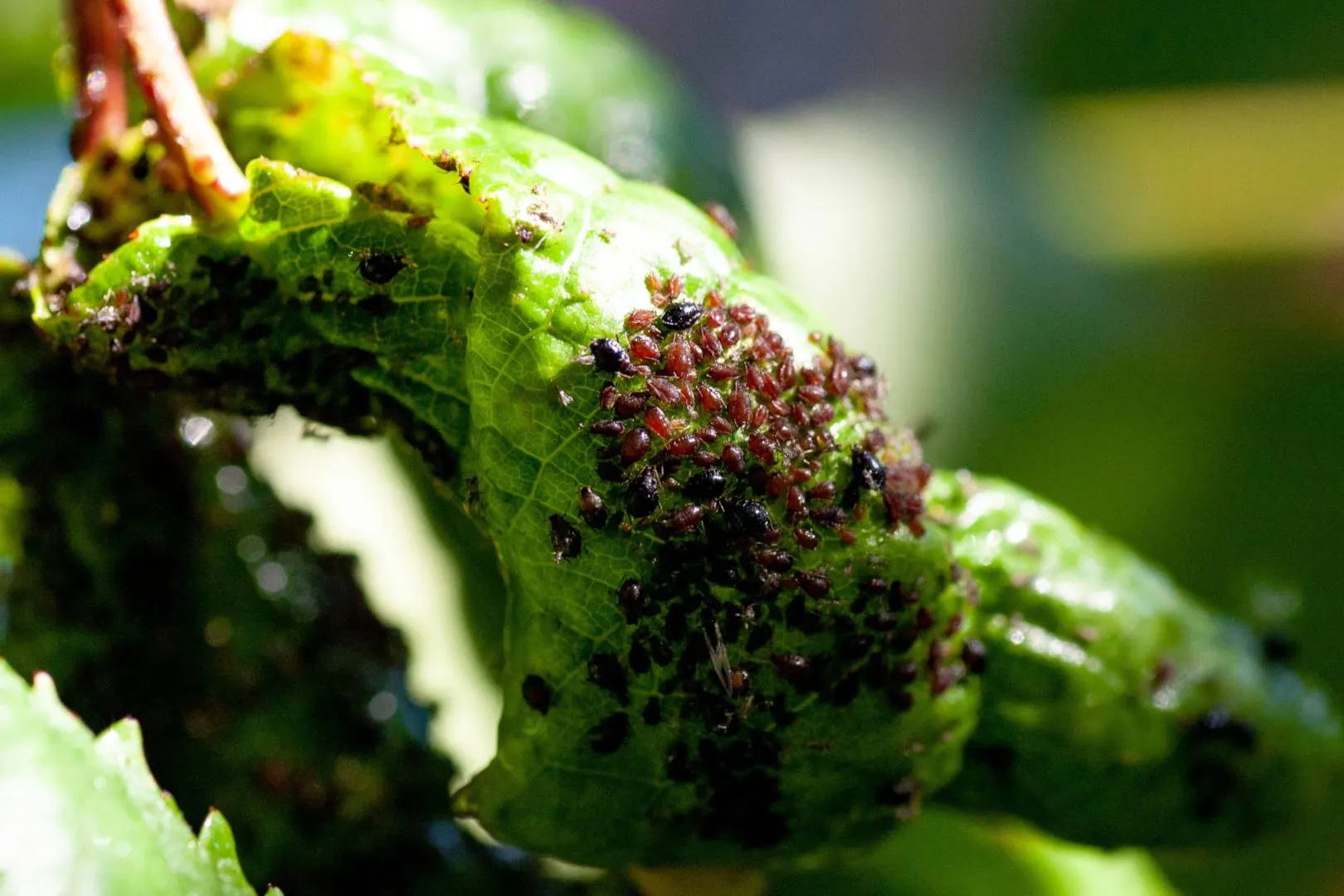
Diseases
Fungi, bacteria, and viruses can cause disease in plants. About 85% of plant disease are from fungi. Fungi produce billions of spores that infect plants and act as parasites, harming the host. Some fungi can be beneficial to plants by supplying nutrients, water, and protecting them from harmful fungi. Fungi spores are visible to the naked eye and can easily be identified as the source of crop stress.
Bacteria, on the other hand, are microscopic organisms about 100 times smaller than fungi. Some bacteria work symbiotically with your crop, breaking down organic matter for plants to consume. Bad bacteria can infect plants and cause damage to plant tissue.
Unlike other crop diseases, viruses do not feed on plants. Viruses survive by reprogramming plant cells to replicate itself. Once your crop is infected with a virus there is no cure, but luckily plant viruses are mostly harmless.
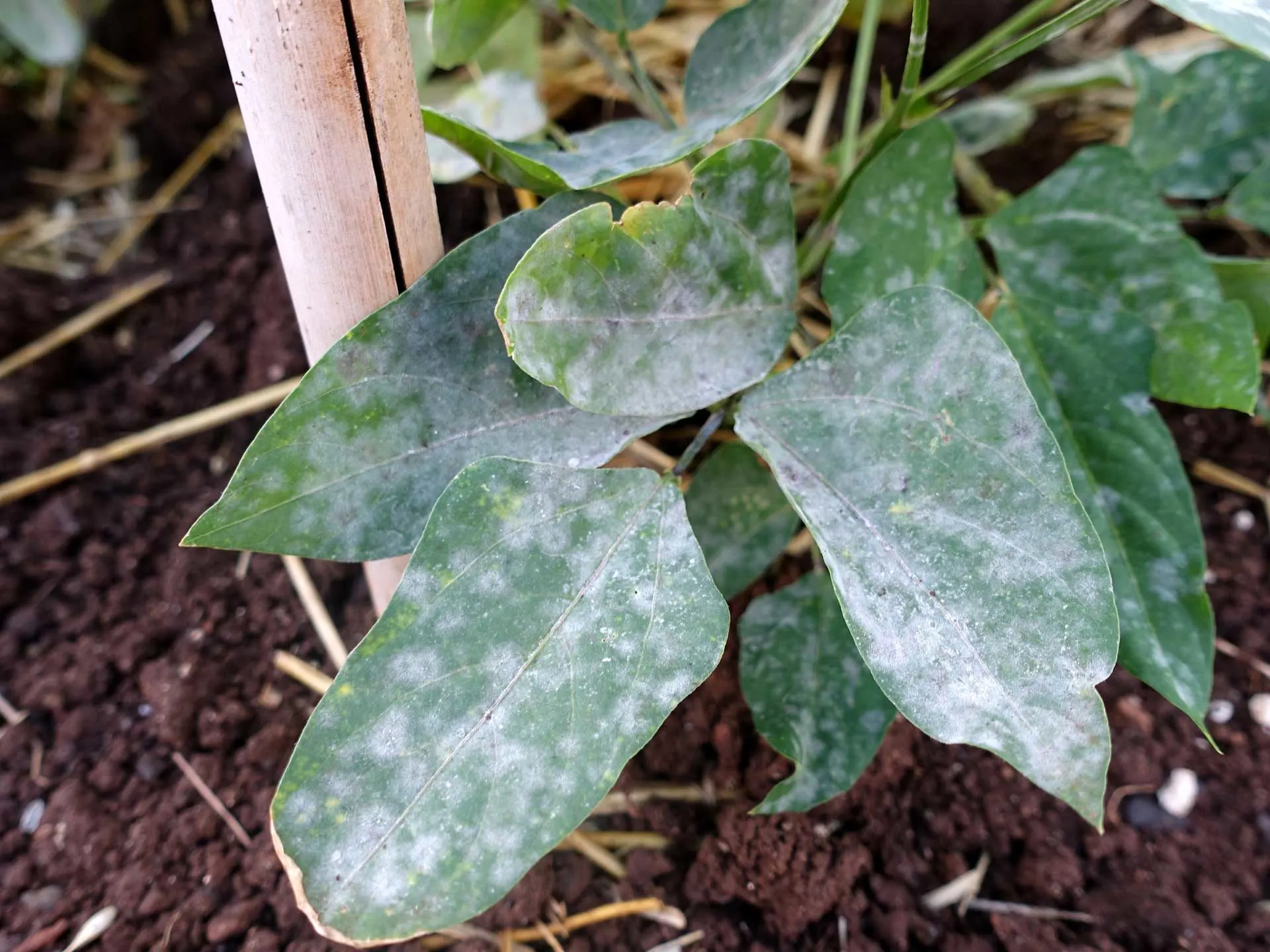

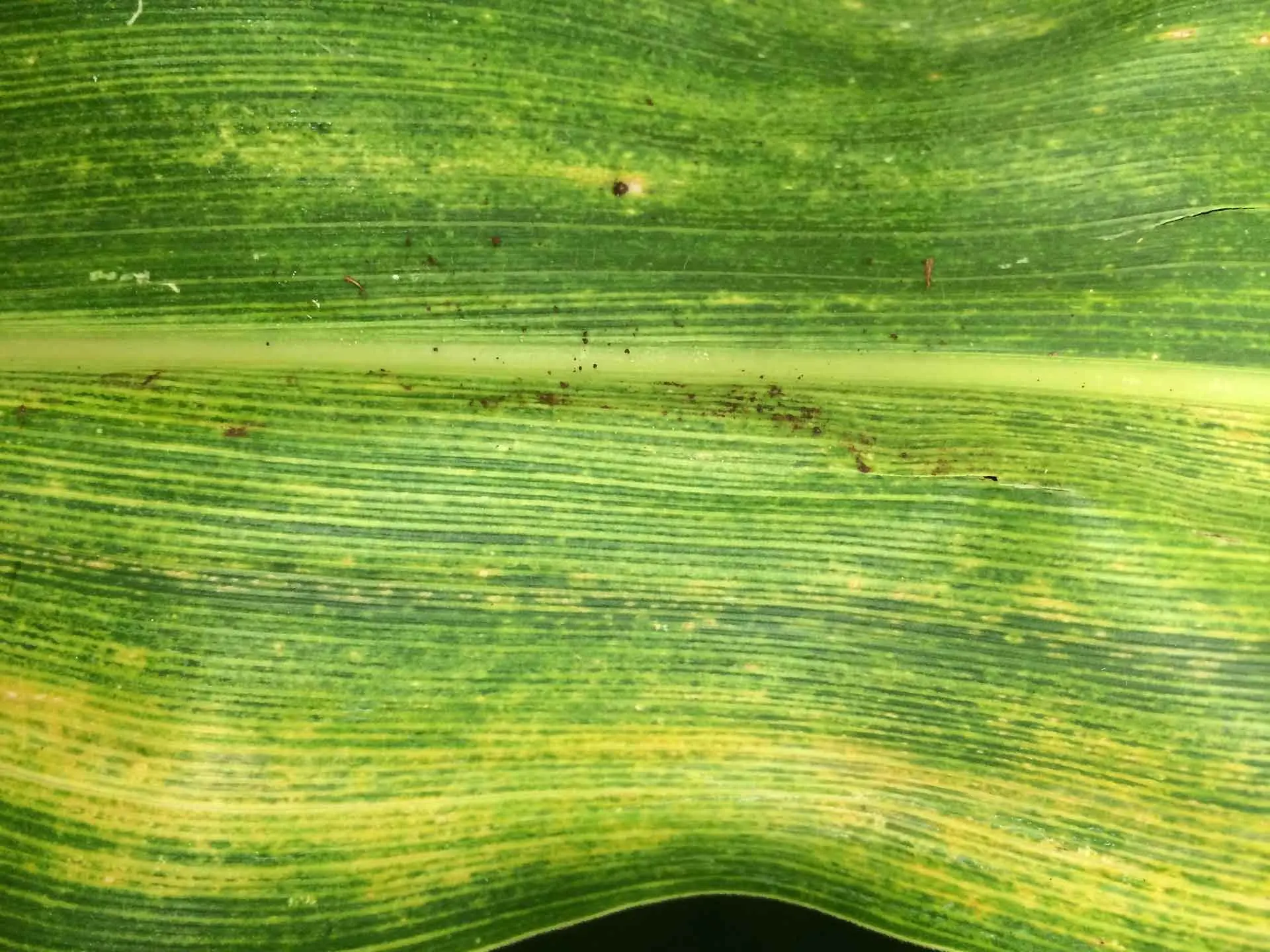
Managing Disease
Fungicides are chemical treatments that can prevent or kill fungus infections. Plant antibiotics can help remove bacterial infections. If your crop is infected with a virus, the only solution is to remove and destroy the infected crop before it spreads.
Not only does crop rotation help with nutrient management, but it also keeps disease and pests from firmly establishing. Managing pests in your crop can greatly reduce the spread of disease as they are often carriers.
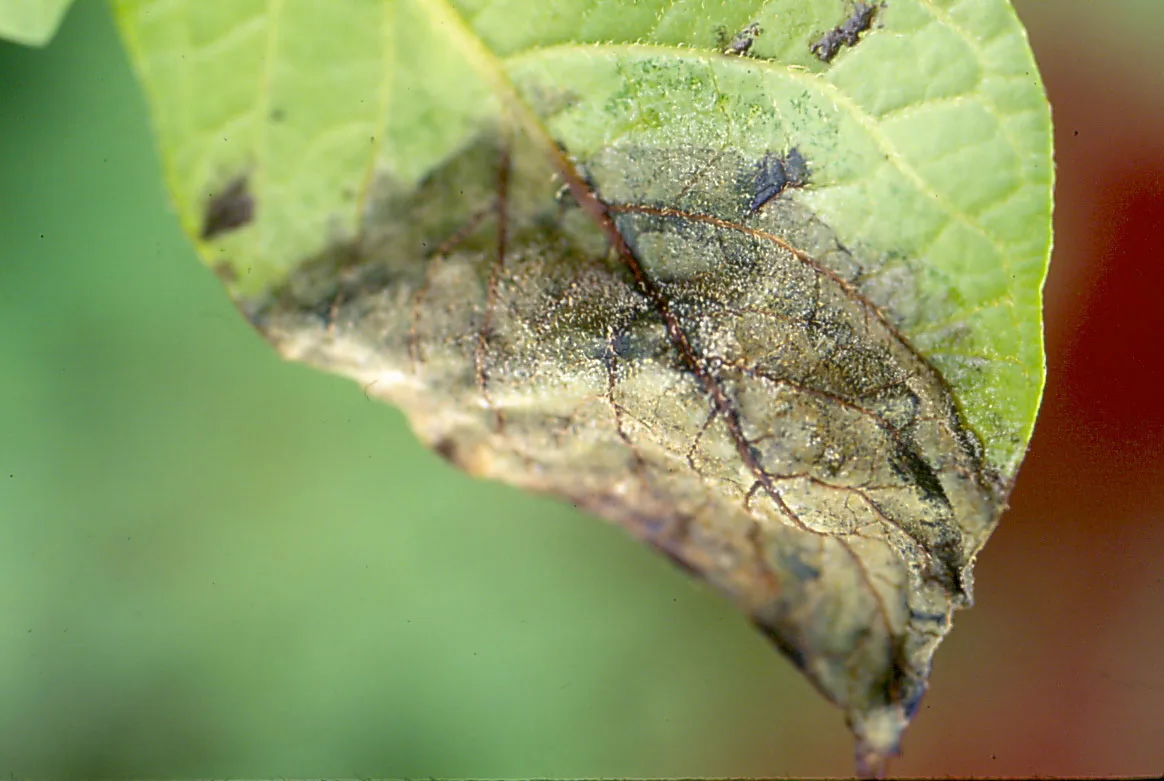
Abiotic Stressors
The type of abiotic stress that affects your crop depends on climate and soil conditions. Understanding the acidity and nutrient consistency of your soil, as well as keeping track of weather conditions, can help determine the cause of abiotic stress in your plants.
Diagnosing Abiotic Stress
After eliminating biotic stressors as the source of the problem, you are left with abiotic stressors. Figuring out which stressor is causing the problem can lead to a possible solution.
If symptoms arise after periods of extreme weather (high winds, heavy rain, hot weather, freezing temperatures) you can usually attribute it to environmental stress.
Herbicide injuries can often resemble symptoms of nutritional deficiencies, but if damage appears a few days after spraying its probably caused by herbicide stress. Also, herbicide injury symptoms do not usually appear symmetrical on the plant like nutritional deficiency symptoms.
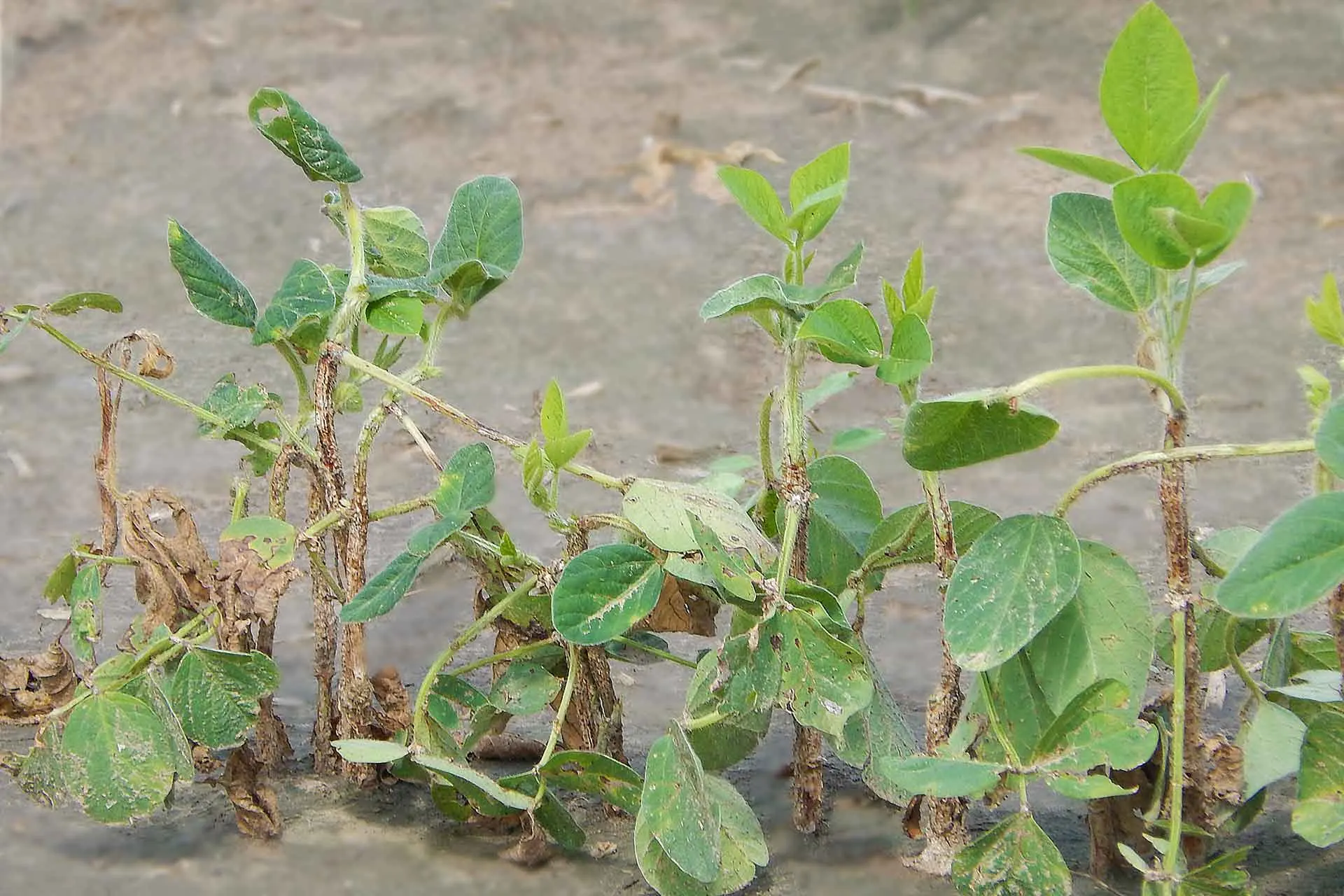
Once you have ruled other plant stressors, you can start to narrow down potential nutrient deficiencies. When classifying nutrient deficiency symptoms, elements are divided into mobile and immobile nutrients.
Nitrogen, Phosphorus, Potassium, and Magnesium are considered mobile nutrients which means they can move throughout the plant where needed. When a deficiency in mobile nutrients occurs, symptoms usually affect lower leaves first because the plant can move those nutrients to use them in new growth.
Immobile nutrients such as Calcium, Manganese, Copper, Boron, Iron, Sulfur, and Molybdenum cannot move throughout the plant. Symptoms appearing in new leaves usually indicate an immobile nutrient deficiency because plants cannot transfer those nutrients from old plant tissue to use in forming new growth.

Environmental Stress
Wind damage, freeze injury, sun scald, drought, and flooding are some of the many environmental stressors that can have devastating consequences for you crop. With global warming affecting climate change it is getting more difficult to predict weather conditions.

Herbicide Stress
Herbicides are meant to kill weeds but sometimes the wrong type or too much herbicide is applied which can damage the wrong plants. Sometimes herbicide drift occurs when chemicals being sprayed in a nearby field are blown into a different species of crop causing damage. Herbicide residue left over from a previous season’s crop can also cause plant stress. Even if herbicide is applied correctly, plants use energy and nutrients to metabolize the chemicals, creating stress for your crop.
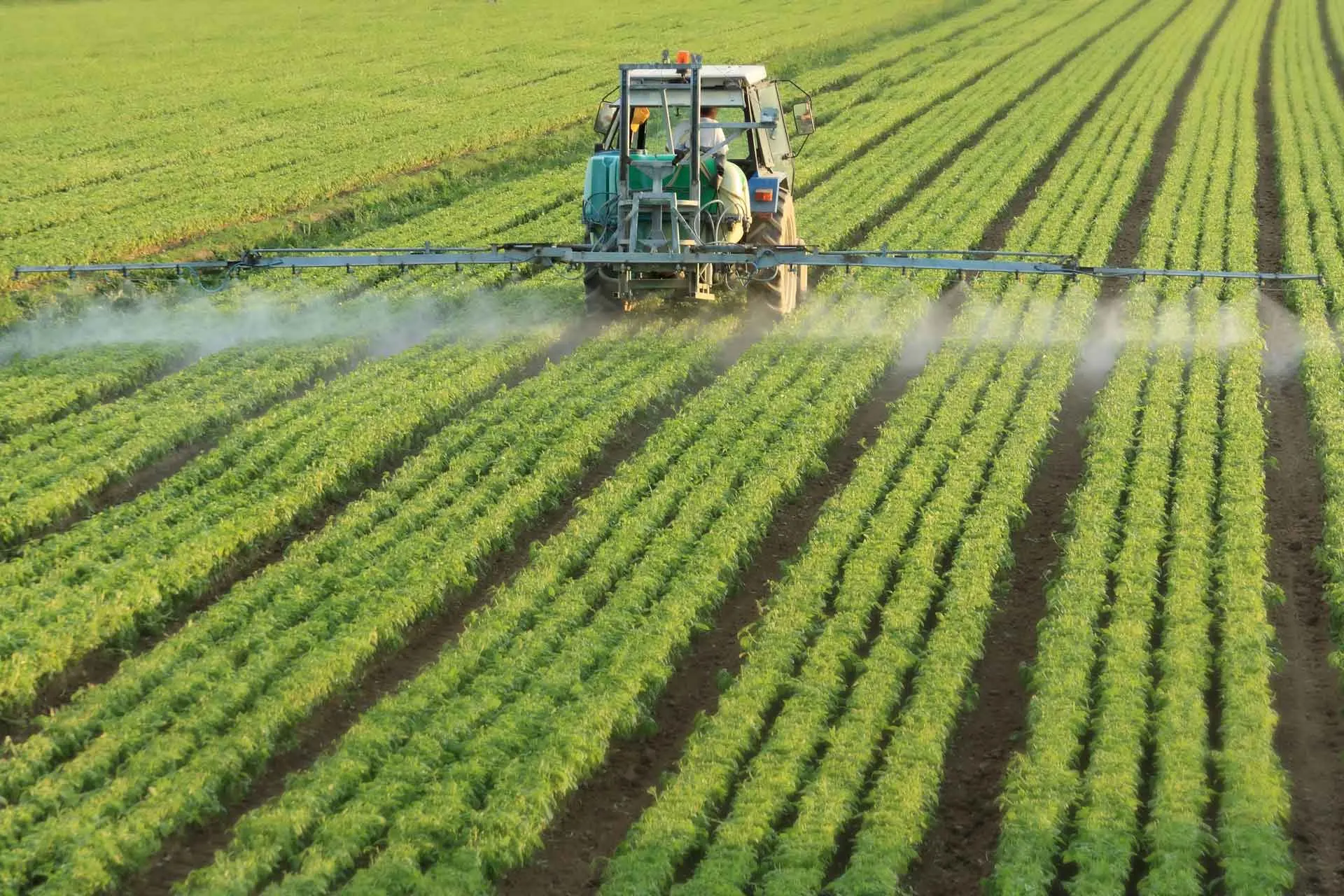
Nutritional Stress
Every plant requires several elements to thrive and after every season these elements in the soil are depleted. If soil nutrients are not replenished with fertilizer your crop can become nutrient deficient. Common symptoms of nutrient deficiencies include chlorosis, necrosis, and stunted growth. If too much fertilizer is added, crops can suffer from nutrient toxicities.

Managing Abiotic Stress
The best way to deal with abiotic stress is by making sure your plants are healthy and strong from their early root stage to their final stage of growth. Good field preparation, good seed preparation and appropriately timed fertilization will ensure your crop has what it needs to stay resilient and healthy.
Multi-pronged Approach to Crop Stress
Using a series of Active AgriScience products, along with your chosen pesticide treatments, can help to unlock your crop’s maximum potential. Our seed treatments and foliar nutrition products contain not only the nutrients plants need to thrive but also a bio-stimulant technology that promotes early season rooting and lateral shoot growth.
With strong roots and stems, plants are better prepared to deal with any kind of stress, whether it be pests, disease, environmental conditions, chemical damage, or nutrient deficiencies. Visit our products page to learn more about how our products can help reduce your stress about crop stress.


